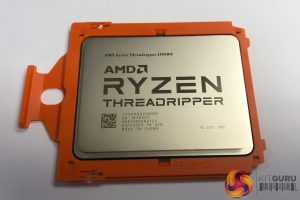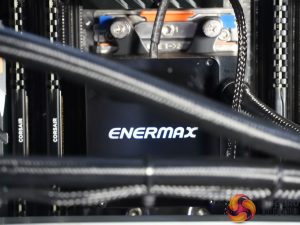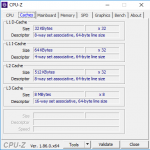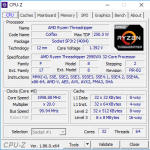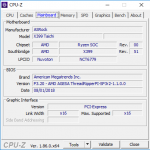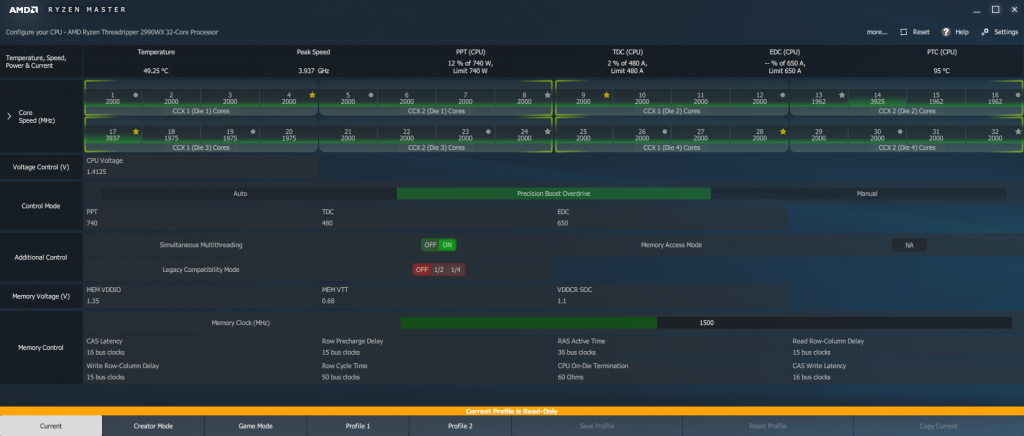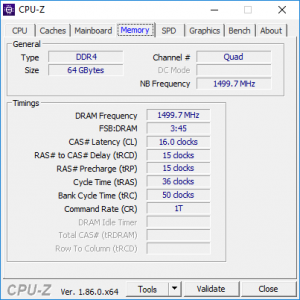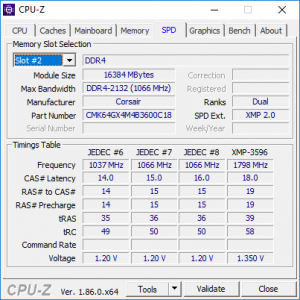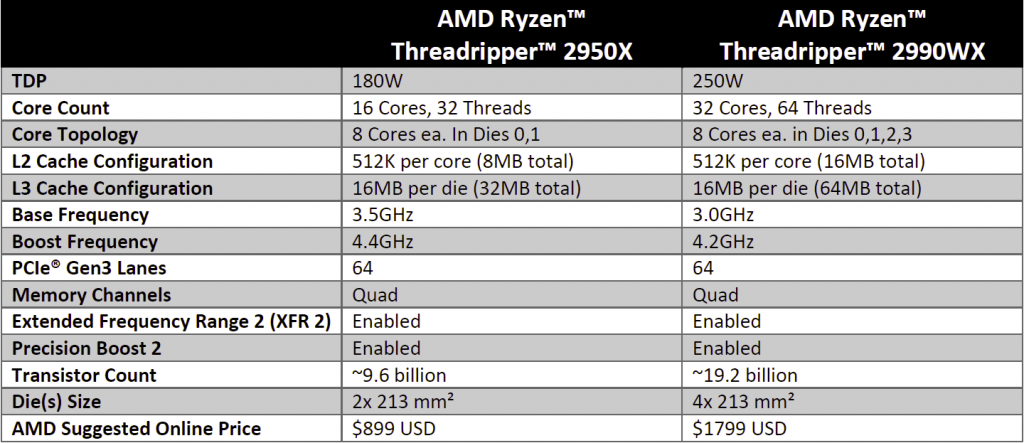AMD Ryzen Threadripper 2990WX
The Ryzen Threadripper 2990WX is a beast, but amazingly AMD must have had it in mind when it launched the original Ryzen Threadripper, because it's compatible with existing X399 chipset motherboards. All you need is a BIOS update to recognise the chip. However, it's a 250W TDP CPU at its default clocks, so overclocking could go beyond this. The Enermax Liqtech TR4 water cooling can handle 500W TDP, so there's plenty of headroom available for cooling.
The Threadripper 2990WX is essentially four Ryzen 7 2700X processor dies packaged together on one socket. AMD has been master of this kind of arrangement all the way back to the Opteron, where its NUMA architecture made multi-die and multi-socket configurations seamless. Another advantage AMD has is that Ryzens have tons of Level 3 cache – much more than Intel's CPUs. The 2990WX sports a whopping 64MB of L3 cache, where Intel's 18-core Core i9 7980XE only has 24.75MB, giving it much less per core. Certain applications, such as cryptocurrency hashing, therefore run much better on the Ryzen architecture.
So the 2990WX is essentially four eight-core CPUs bolted together. Amazingly, where the Ryzen 7 2700X is nominally a 3.7GHz CPU with a 4.35GHz boost, the 2990WX is nominally a 3GHz CPU with 4.2GHz boost, so you're not losing much at the top end, and indeed it overclocks across all cores very well. Later in this review, we will show that you can run all 32 cores at 4GHz with 1.3V applied, which is very similar to what was possible with the 16-core Threadripper 1950X. This is particularly amazing when you consider how low Intel processors have to go as the core count increases. The Core i9 7980XE is nominally a 2.6GHz processor with a Turbo Mode up to 4.2GHz, although with lots of care you can get it to run at 4GHz or maybe higher across all 18 cores.
Our Armari system wasn't delivered with an across-the-board core overclock out of the box, however. To go with the new Threadrippers, there's a new version of Ryzen Master, and this includes a Precision Boost Overdrive mode that will dynamically overclock cores for you depending on load and the ability of your cooling system. For many applications, this is actually better than a blanket overclock, as it allows the “Gold” cores to run at up to 4.2GHz, which is great for single-threaded applications, but will bring the others up as high as possible with multi-threaded task.
Precision Boost Overdrive analyses power consumption, thermal design current and electrical design current. If there's enough slack in these, the voltage and frequency will be increased to squeeze out more performance. It can raise single cores or all the cores to a greater or lesser extent individually. It will also drop cores down to save power when not in use. AMD reckons this can give a 16 per cent lift in performance over regular Boost mode.
Certain activities, like rendering and encoding, might prefer an all-core overclock, but for most activities Precision Boost Overdrive gives you the best of both worlds. As with previous Ryzen Master software versions, there are some other presets available, and you can create a couple of your own overclocking profiles. Best of all, assuming these configurations don't freeze your PC because you've pushed things too far, you can apply them without having to reboot your system.
The Threadripper's memory controller is quad-channel, and official frequency support remains 2,933MHz. However, we have found you can go a bit better with Threadrippers, although this needs to be balanced against processor frequency. You can either have fastest processor or fastest RAM, but not usually both at the same time, so the former is usually the best option. We have run the Threadripper 1950X stably at 4GHz with 3,066MHz RAM, but the 2990WX is a little more finicky and only managed 3,000MHz in our review workstation.
Our system came with 64GB of 3,600MHz Corsair memory, supplied as four 16GB DIMMs, to take advantage of the processor's quad-channel controller. This leaves four slots free for upgrade to the 128GB maximum.
Just for reference, this is how the Threadripper 2990WX compares to the 1950X's successor, the 2950X. The latter bumps up the clocks quite a bit, with a nominal 3.5GHz base frequency and 4.4GHz Boost, compared to 3.4GHz and 4GHz for the 1950X.
 KitGuru KitGuru.net – Tech News | Hardware News | Hardware Reviews | IOS | Mobile | Gaming | Graphics Cards
KitGuru KitGuru.net – Tech News | Hardware News | Hardware Reviews | IOS | Mobile | Gaming | Graphics Cards


